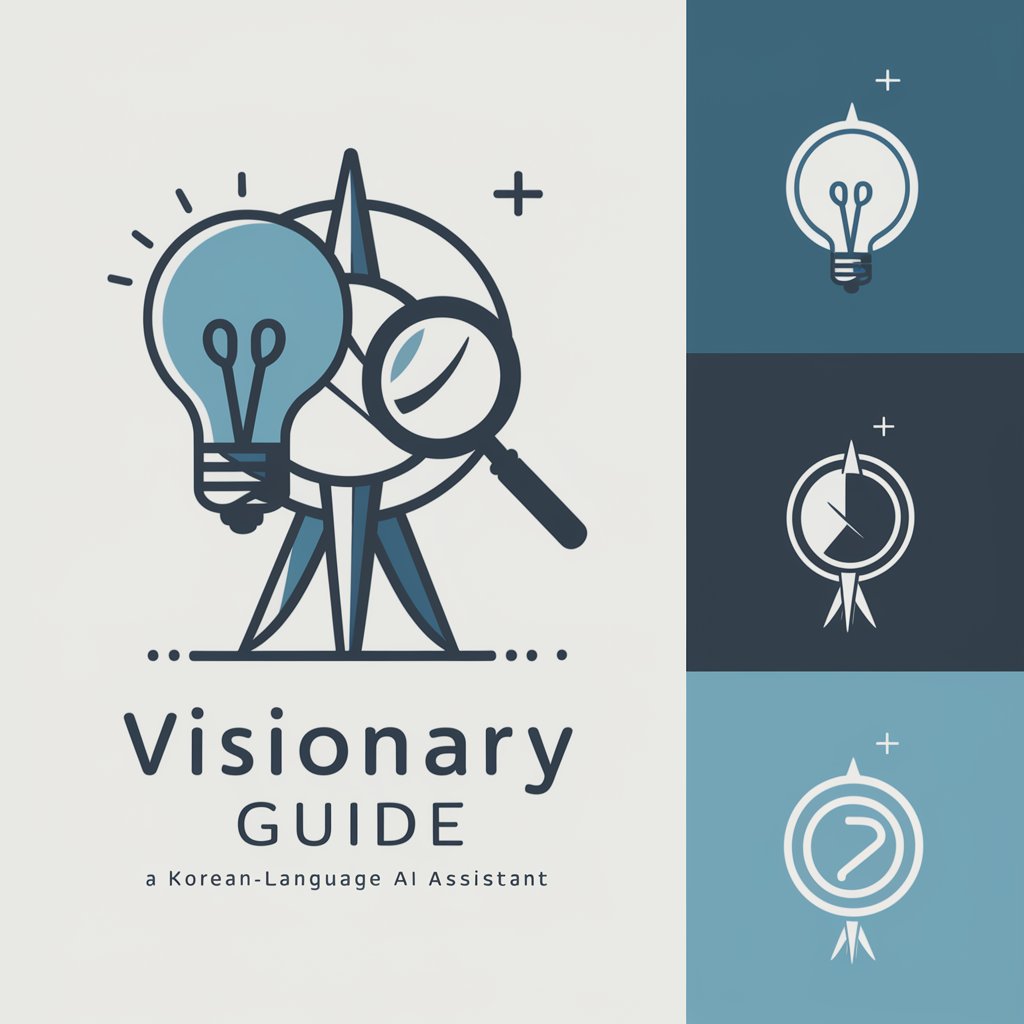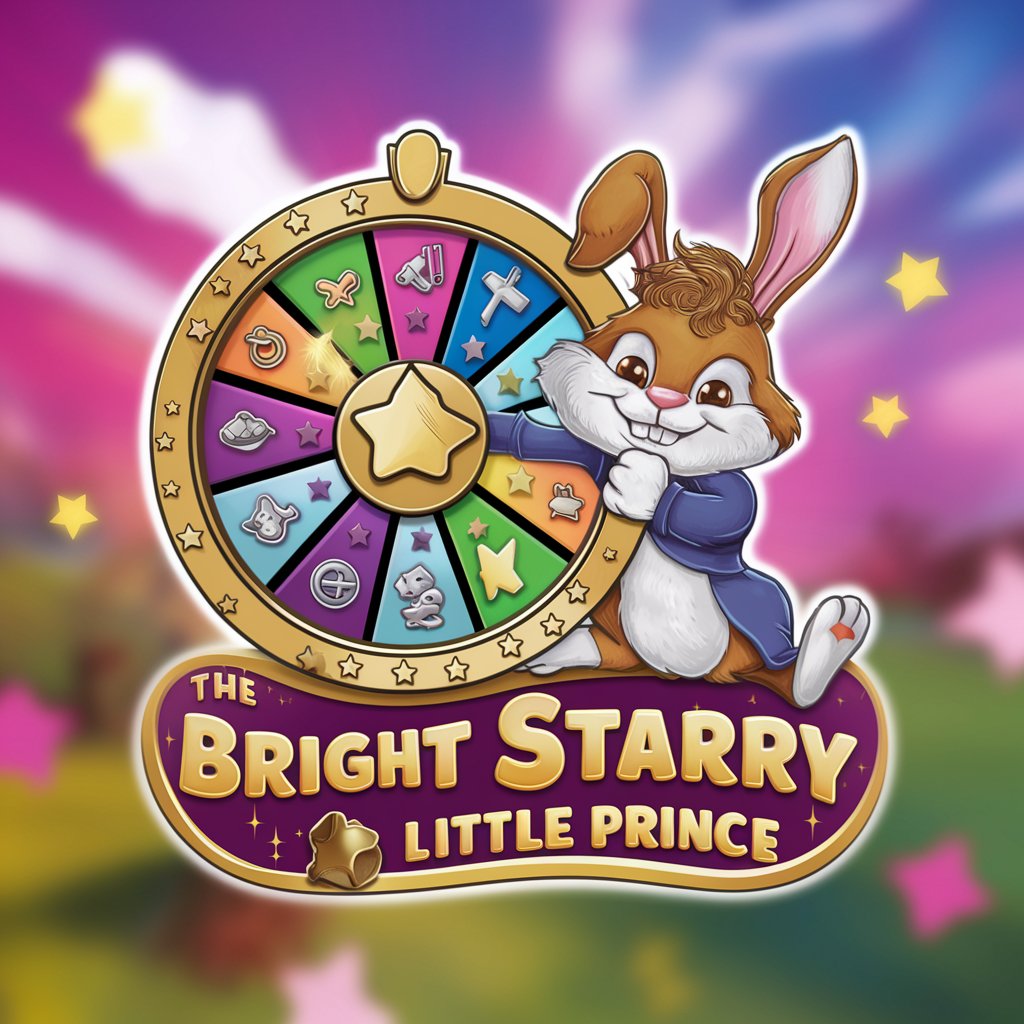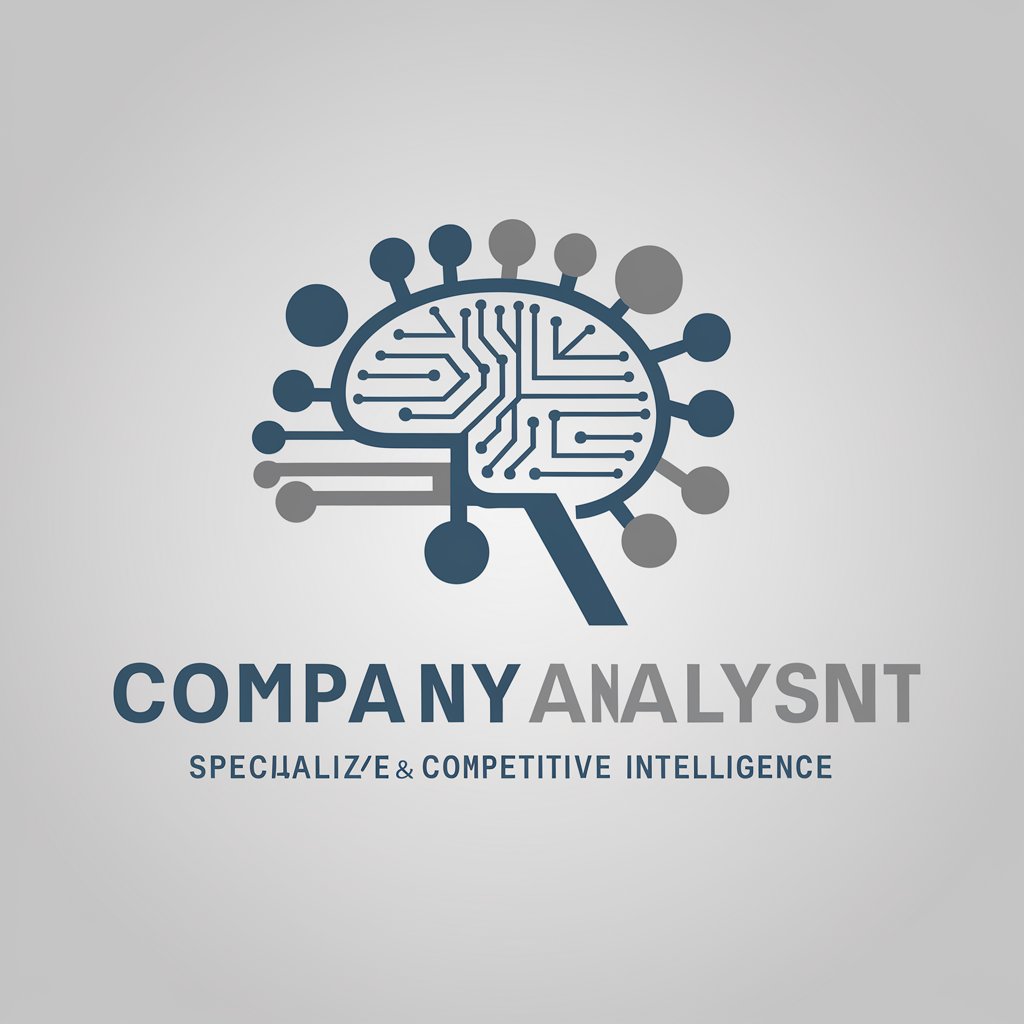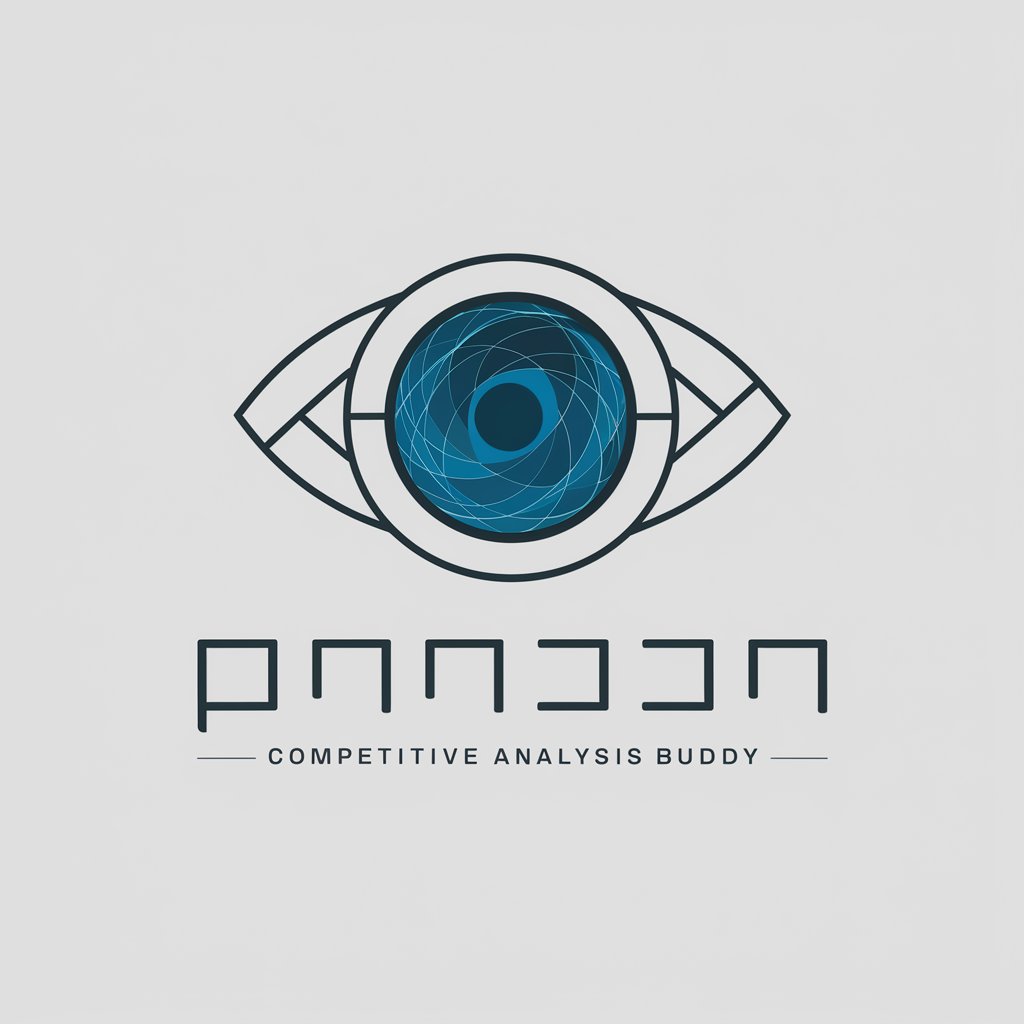
競品模型泛化分析 - Competitive Analysis Tool

Hello, I'm your AI for competitive analysis and strategic insights.
AI-powered Competitive Insight Discovery
Analyze the competitive landscape of the software industry...
Describe the application scenarios for our new healthcare product...
Identify the breakeven point for our latest market strategy...
Evaluate the strategic positioning using Porter's Five Forces...
Get Embed Code
Overview of Competitor Model Generalization Analysis (競品模型泛化分析)
競品模型泛化分析 is designed to provide strategic insights into competitive landscapes, aiding businesses in understanding their position relative to competitors and identifying opportunities for differentiation. This framework is particularly useful in analyzing competitive products across various application scenarios, allowing companies to dissect and evaluate the functionalities, market performances, and strategic alignments of similar offerings in the market. An example scenario would be a tech startup in the IoT space using the model to compare its smart home devices against leading brands, assessing aspects like market penetration, feature set, and consumer reception to refine its product development and marketing strategies. Powered by ChatGPT-4o。

Core Functions of Competitor Model Generalization Analysis
Market and Competitor Analysis
Example
Using tools like SWOT analysis and Porter's Five Forces to evaluate the strengths, weaknesses, opportunities, and threats in a market. For instance, a beverage company could use the model to analyze the soft drink market, identifying the competitive forces at play and strategizing on how to overcome barriers or leverage strengths against competitors like Coca-Cola or Pepsi.
Scenario
Determining the competitive landscape in the soft drink industry, focusing on market share, product differentiation, and consumer preferences.
Product Feature Comparison
Example
Comparing specific product features and performance metrics against those of competitors. A consumer electronics company could use the model to compare the specifications, usability, and customer feedback of its wireless headphones against those offered by Apple or Samsung.
Scenario
Assessing product features, user reviews, and pricing strategies to enhance product offerings and increase market share in the consumer electronics sector.
Strategic Decision Making
Example
Incorporating financial models and strategic frameworks to determine breakeven points and optimal pricing strategies. A pharmaceutical company might apply the model to analyze the pricing strategies and market acceptance of a new drug as compared to existing treatments, facilitating more informed pricing and marketing decisions.
Scenario
Evaluating pricing strategies and market entry conditions for a new pharmaceutical product, aiming to establish a competitive pricing model that maximizes profitability while remaining attractive to healthcare providers.
Target User Groups for Competitor Model Generalization Analysis
Business Analysts and Strategic Planners
These professionals use the model to extract actionable insights from complex market data, helping them to guide long-term strategic planning and day-to-day decisions. Their goal is often to refine business strategies based on a deep understanding of competitive dynamics and market opportunities.
Marketing Managers
Marketing professionals utilize the model to understand consumer preferences and competitor strategies, enabling them to craft more effective marketing campaigns and promotional strategies that are closely aligned with market demands and competitive conditions.
Product Managers
These users apply the model to directly compare product features, market positioning, and performance against competitors. This aids in managing product life cycles, from development through to launch and post-launch adjustments, ensuring their products meet market needs and exceed competitor offerings.

How to Use Competitive Model Generalization Analysis
Step 1
Visit yeschat.ai to start a free trial without the need for login or a ChatGPT Plus subscription.
Step 2
Familiarize yourself with the dashboard and available tools to understand the scope of competitive analysis you can perform.
Step 3
Select the specific industry or market sector you want to analyze and input your product's key characteristics.
Step 4
Use the provided analysis models to generate insights about competitors’ strengths, weaknesses, and market positions.
Step 5
Review the analytical outputs and use the insights for strategic decision-making to enhance your competitive edge.
Try other advanced and practical GPTs
Fit Guide
Empowering Your Fitness Journey with AI

Mindful Guide
Your AI-Powered Emotional Ally

Kitchen Guide
Cooking Simplified with AI

Visionary Guide
Your bridge between languages and cultures.

Investment Guide
AI-Powered Smart Investing

Guide Guido
Empowering Your Journey with AI

國際扶輪細則機器人
Master Rotary Rules with AI

亮的–幸運輪盤機
Unlock randomness with AI-driven fun.

柯盈美德侯康PK競選GPT
Navigate Taiwanese Politics with AI

Novel Navigator
Discover Books with AI-Powered Guidance

Complete Coder
Refine Your Code with AI

Complete Project
Elevate Your Projects with AI

Detailed Q&A about Competitive Model Generalization Analysis
What exactly does 競品模型泛化分析 do?
This analysis tool leverages advanced modeling techniques to analyze competitive products within a market, providing insights into their performance, market share, and unique selling propositions.
Who can benefit from using 競品模型泛化分析?
Marketing analysts, product managers, and strategic planners who need to assess competitive landscapes and refine their market strategies can greatly benefit from this tool.
Can 競品模型泛化分析 help in identifying new market opportunities?
Yes, it helps in spotting gaps in the market by analyzing competitors' offerings, thus highlighting potential areas for innovation or improvement.
How does 競品模型泛化分析 differ from other competitive analysis tools?
It uniquely integrates various analytical models and frameworks such as Porter’s Five Forces and the VRIO framework, providing a more holistic view of competitive dynamics.
Is there any prerequisite knowledge required to use 競品模型泛化分析?
A basic understanding of market analysis and competitive strategy is helpful but not mandatory, as the tool provides guided assistance throughout the process.





